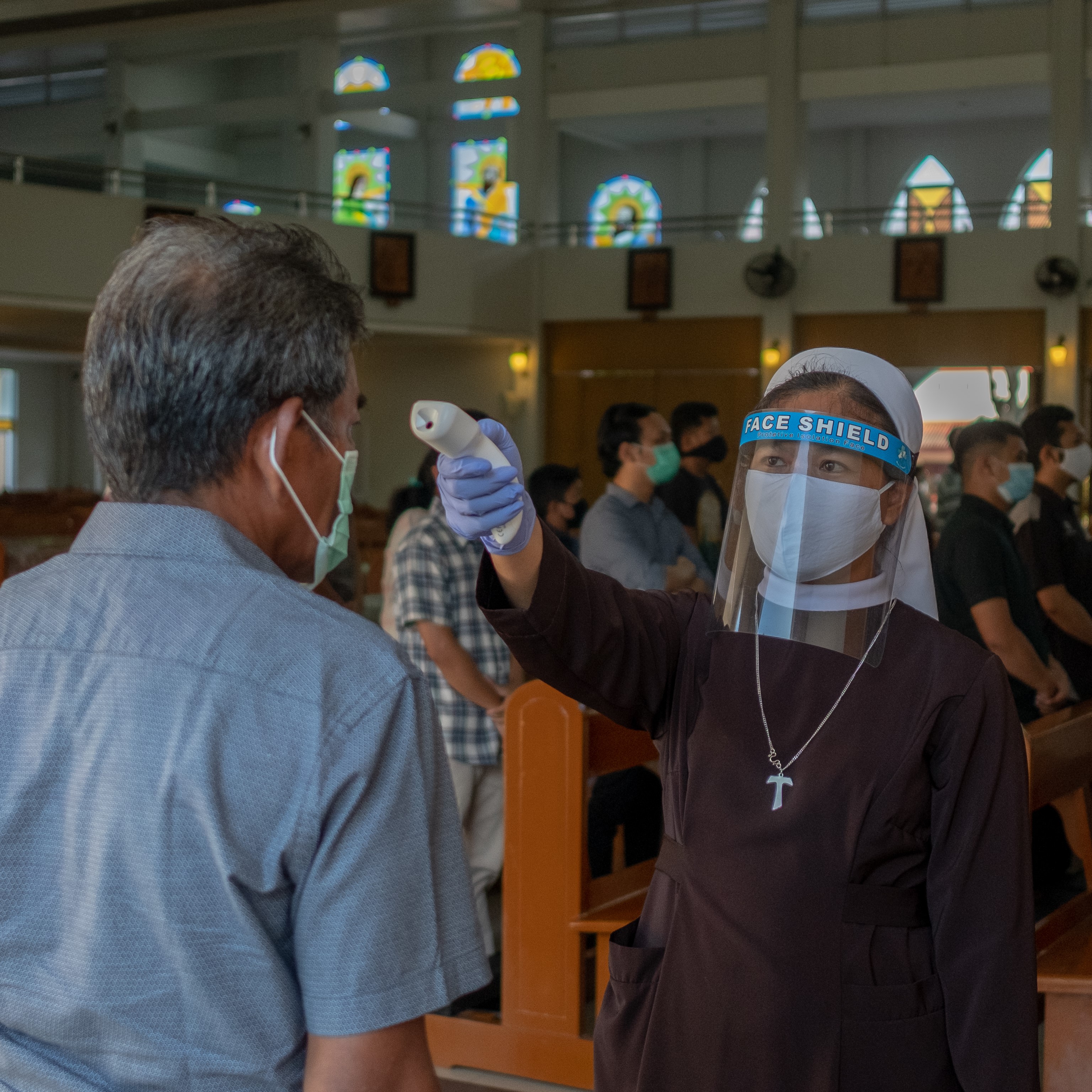Life is returning to high streets across the land, retailers offering massive discounts on unsold stock to tempt back nervous shoppers. The very highest in the land are exhorting those of us with spare cash despite the economic ravages of COVID-19 to open our purses and wallets and shop for Britain!
I’m sure I’m not alone in making a purchase against my better judgement because the price was just too good to resist. Five hundred years ago the chance of a bargain was a major reason by Henry VIII, amply assisted by Thomas Cromwell, was able to dissolve every single monastery in England and Wales.
Between 1536 and 1540 the chance to get rich, or in the case of the already wealthy, acquire riches beyond the dreams of avarice, proved a major inducement for some people to park their religious and moral scruples and grab something from the spoils.
The Dissolution of the Monasteries was an epoch-making event in the history of this country. But historians still can’t agree on its causes. Were King Henry et al principled reformers, who put the corrupt, decaying and superfluous monasteries out of their misery? Or did religious motives take a back seat to naked greed and opportunism?
Both arguments have their advocates. But decades studying monastic history has left me in no doubt about that, although some religious houses were struggling, the majority of abbeys and priories entered the 1530s in rude spiritual health.
Many were also incredibly rich. The 900 or so monasteries dotted in the cities, towns and countryside of late medieval England and Wales owned up to a third of all the land in the realm. Some had histories stretching back almost 1000 years and over the centuries had accrued vast material riches, much of it in the form of jewel-encrusted saints’ shrines and glittering gold and silver altar plate.
Even the most pious of English medieval kings weren’t above helping themselves to these ecclesiastical riches should the need arise. All too often, Henry VIII’s macho displays of status left the royal treasury struggling to cope. The riches of the monasteries started to look very tempting indeed after his failure to produce a male heir persuaded Henry to become a champion of religious reform. Indeed, shortly before the religious houses started to fall, Thomas Cromwell boasted to the Imperial ambassador that he was about to make Henry the richest prince in all Christendom – wealth which was destined to come from the monasteries.
A new branch of government called the Court of Augmentations of the Revenues of the King’s Crown was established to oversee the seizure of monastic property.
“Hot gospellers” and other advocates of the Reformation were far from being the only ones whose estates were fattened by former monastic lands.
Battle Abbey, founded by William the Conqueror “on the very spot” where he’d won his great victory at the Battle of Hasting, was dissolved in 1538. Within months of the dispersal of its monks, the abbey’s site and much of its land were granted to Sir Anthony Browne, Henry VIII’s Master of Horse and close friend. Browne never embraced the Reformation. What’s more, his descendants remained so firmly Catholic that their home at Battle became known as “Little Rome.”
Monastic jewels and other treasures were destined for King Henry’s jewel house at the Tower of London. The Benedictine abbey at Bury St Edmunds alone yielded 2400 ounces of precious metal and a further £3500 worth of jewels was stripped from the shrine of the monastery’s titular saint.
Lead from the roofs and the bells that announced the singing of the monastic hours were also reserved for the king, but usually sold locally. The five great bells at Furness Abbey (Cumbria) were sold for the considerable sum of £80 to the “men of Kendal”.
The contents of monastic churches were inventoried for sale. In the case of Rievaulx Abbey (Yorkshire) this included everything from the gilded shrine of St Aelred down to “diverse bent old nails”.
The suppressed monasteries were a lucrative source of liturgical furnishings for nearby parish churches. For instance, an intricately carved early 16th-century screen was moved from Easby Abbey (Yorkshire) to the church at Wensley. A local priest used Hailes Abbey (Gloucestershire) as a source of stained glass to re-glaze the windows of his church.
The local gentry also realised there were bargains to be had. The Towneley family of Towneley Hall, near Bolton, had been benefactors of nearby Whalley Abbey since its foundation at the end of the 13th century. In 1537, Sir John Towneley removed a set of Mass vestments from the recently suppressed monastery. This was despite Sir John’s conservative religious beliefs. His descendants remained resolutely Catholic using the exquisite vestments in their private chapel until the early 20th century.
Monastic libraries also provided rich pickings. I recently came across poignant evidence showing the fate of a Missal from a Cistercian abbey in Yorkshire. On a front flyleaf is a small annotation recording that it fetched a mere twopence when the monastery that owned it was dissolved. Containing texts for the Mass, it would only have been of interest to a priest. It was still in use well into the 17th century, the title page bearing the ownership inscription of an unidentified English Jesuit.
The disposal of the monastic spoils was for the most part orderly and peaceful. But there are a few cases of looting and pillaging. Some historians have suggested that this was because of pent up anger directed at the “hated” monasteries. Although that can’t be discounted as a motive, there’s persuasive evidence showing that, by and large, the plundering was down to sheer opportunism.
Towards the end of the 16th century, a south Yorkshire Anglican clergyman called Michael Shirebrook wrote a description of the fall of Roche Abbey. It’s a mournful tale, the destruction visited on the monasteries attributed by its author to the greed and malice of Thomas Cromwell and his henchmen.
Shirebrook’s account is especially valuable because it’s based on eyewitness accounts. He was only a young boy at the time, but his father and uncle took part in the despoiling of the abbey. Shirebrook was told by his father that he “thought well” of the monks but that he’d have been a fool to pass over the opportunity of so much stuff going for free. Necessity, expediency and money can challenge the strongest of principles.



 Loading ...
Loading ...
What do you think?
You can post as a subscriber user ...
User comments (0)